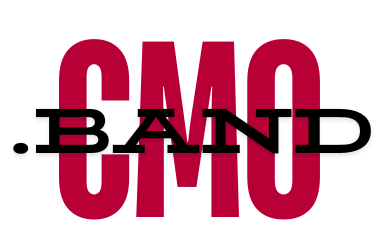- Mastering the Art of Growth: Top GTM Strategies for Winning in Today’s Market
- Understanding Your Audience Deeply
- Leveraging Data Analytics
- Agile Product Development
- Content Marketing That Educates and Engages
- Social Proof and Influencer Partnerships
- Seamless Omnichannel Experience
- Robust Digital Advertising
- Continuous Learning and Adaptation
- Building a Strong Brand
Mastering the Art of Growth: Top GTM Strategies for Winning in Today’s Market
In the dynamic world of digital marketing, where consumer behaviors and market trends are constantly shifting, businesses must stay agile and innovative to thrive. A well-crafted Go-To-Market (GTM) strategy is crucial for any company looking to launch a new product or service successfully. Today, I’ll share some of the most effective GTM strategies that can help your business not only survive but also flourish in today’s competitive landscape.
Understanding Your Audience Deeply
The first step in any successful GTM strategy is to have a profound understanding of your target audience. This goes beyond basic demographics. Today’s marketers need to delve into psychographics, buying behaviors, and emotional triggers. Tools like customer personas and empathy maps are more relevant than ever, as they help you visualize who your customers are, what they need, and how they prefer to interact with your brand.
Leveraging Data Analytics
Data is the cornerstone of modern marketing strategies. With the right data, you can make informed decisions that drive growth. Utilize analytics to track customer interactions across all touchpoints, understand the customer journey, and identify patterns that lead to conversion. This insight allows you to optimize your marketing efforts and personalize your approach, significantly increasing your chances of success.
Agile Product Development
In today’s fast-paced market, agility is key. The traditional long cycles of product development are being replaced by more dynamic methods. Agile product development allows for rapid iteration based on real-time feedback from your target market. This approach not only speeds up the time to market but also ensures that the product is refined according to actual customer needs and preferences.
Content Marketing That Educates and Engages
Content is still king in the digital marketing realm. However, the focus should be on creating content that is not only engaging but also educational. Your content should help solve problems, answer questions, and provide value to your audience. This builds trust and authority, positioning your brand as a thought leader in your industry. Utilize various formats such as blogs, videos, podcasts, and infographics to cater to different preferences and increase your reach.
Social Proof and Influencer Partnerships
In a market where consumers are bombarded with choices, social proof can significantly sway purchasing decisions. Leverage testimonials, case studies, and user-generated content to build credibility. Additionally, partnering with influencers who resonate with your target audience can amplify your message and enhance your brand’s visibility.
Seamless Omnichannel Experience
Customers today expect a seamless experience across all channels, whether they are shopping online from a mobile device, a laptop, or in a brick-and-mortar store. Ensure that your GTM strategy includes a consistent, omnichannel approach that provides a smooth transition from one platform to another. This consistency helps in building a stronger brand recall and enhances customer satisfaction.
Robust Digital Advertising
With the majority of consumers online, digital advertising continues to be a powerful tool for marketers. Platforms like Google Ads and Facebook Ads offer advanced targeting options that help you reach your specific audience. However, it’s important to keep testing and optimizing your ads for performance. A/B testing, for instance, can help you determine the most effective elements of your ad campaign.
Continuous Learning and Adaptation
The digital landscape is ever-evolving, and so should your GTM strategies. Stay updated with the latest trends, technologies, and best practices. Attend webinars, participate in industry forums, and keep learning. Use this knowledge to continuously refine and adapt your strategies, ensuring they remain effective and relevant.
Building a Strong Brand
Finally, amidst all the technicalities, do not forget the power of a strong brand. Your brand is what sets you apart from the competition. It’s not just your logo or tagline, but the entire customer experience you deliver. From the initial awareness stage to post-purchase support, every touchpoint should reflect your brand values and promise.
By mastering these GTM strategies, businesses can position themselves for success in today’s market. Remember, the key is not just to adapt to changes but to anticipate them and be ready to pivot. With a customer-centric approach and a data-driven mindset, your business can not only achieve its goals but also set new benchmarks in the industry.

A seasoned digital marketing strategist with over 8 years of experience across various areas of digital marketing, including SEO, SMM, PPC, content marketing, and email marketing. Specializes in transforming B2B, B2C, e-commerce, and SaaS businesses by creating effective go-to-market strategies and building thriving digital ecosystems. Known for a data-driven approach to optimizing campaigns and maximizing results.
“If your business is looking to scale or in need of a fresh perspective, feel free to contact”.


